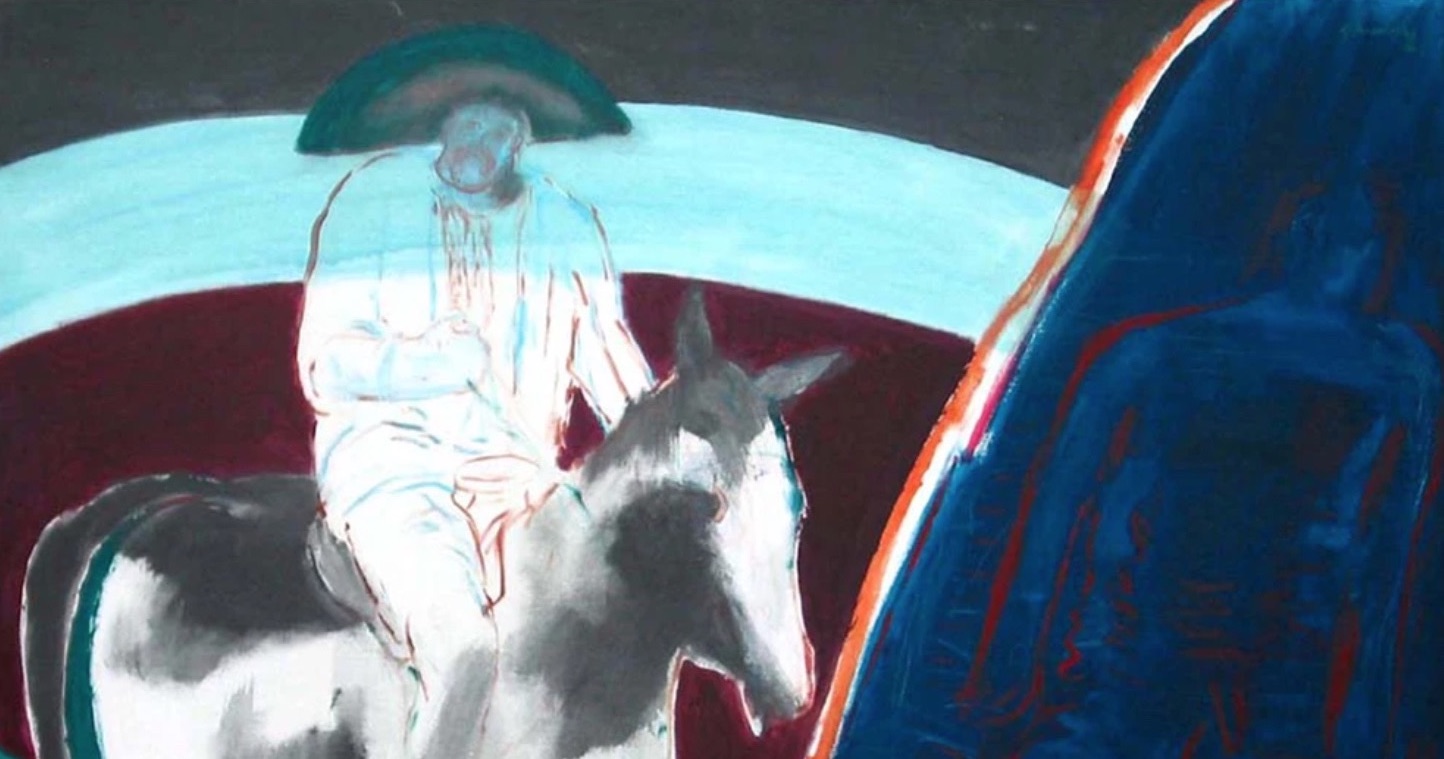
Article
Unicorns on the Loose: Interview with Luis Aduna about the Work of Gilberto Aceves Navarro
by Bruno Enciso
Reading time
6 min
The series De las 7000 formas de atrapar un unicornio (“Of the 7000 ways of catching a unicorn”) is what introduced me to the work of Gilberto Aceves Navarro. History recognizes Aceves Navarro as a member of the Generación de la Ruptura (“Breakaway Generation”) and as a representative of abstraction in Mexico. When looking at this work, far from these categories, I remember thinking: Of course! The existence of unicorns would be impossible to deny after having caught one. That’s not a simple task. If outlining a single way of doing it is complex enough, cataloguing seven thousand sounds like a massive undertaking.
Aceves boldly ventured into capturing this beast and produced many paintings around the experience that this brought him. He also created series based on other animals, ancient myths, social and historical prints, self-portraits, abstractions of space and matter, etc. Not to mention his relentless work as a teacher, which continues producing effects on several generations of artists.
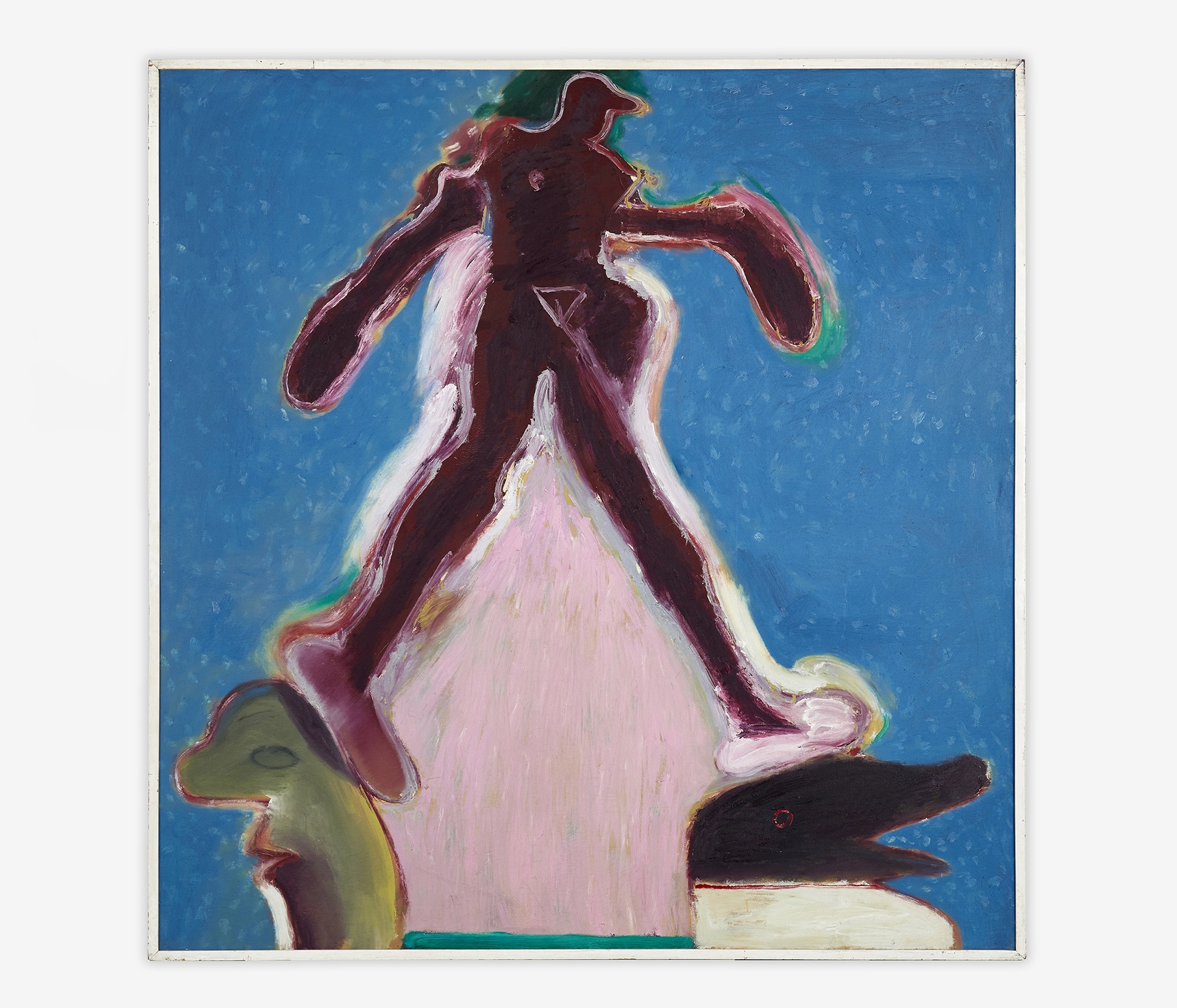
Gilberto Aceves Navarro passed away just a few months ago, in October 2019, at the age of 88. In order to appreciate some of the lessons that he shared in life as a painter and as a teacher, I posed some questions to the artist Luis Aduna, a student of his for four years and the assistant in some of his most recent productions.
Bruno Enciso: What do you believe Aceves thought about painting? Where did he locate its complexity or power?
Luis Aduna: Painting emerged as the engine of his life. I believe he thought of it as a transformative act, something in a perpetual state of change. For him, the complexity consisted in transforming his fears into a kind of plastic freedom that would allow him to get his ingenuity going, as well as his technical and formal inventiveness. I think he would say that the truly powerful thing about all this is the strange way in which the expression of a particular moment can be of interest to others through this transformation.
As his student I find it very valuable to have trained with someone who didn’t think that there’s only one way to paint, or only one style to pursue. When producing, this has given me a broad vision of the practice of painting, as well as a broad vision of its possibilities.
BE: What was the production process for his different series?
LA: In the time that I worked as his assistant, it seemed to me that he used the different series in order to expand on an idea or theme as much as possible, and in order to generate an aesthetic questioning of painting itself. He would do this by ensuring a plastic dialogue between the pieces that made up each series.
In the unicorn series, for example, I see something very interesting in the idea of testing out the effectiveness of fantasy and its ability to approach reality in a very assertive way, in comparison with other, properly “realistic” ways. It shouldn’t be forgotten that Gilberto was an artist who formed part of the so-called “breakaway,” a time when Mexican painting was influenced by avant-garde thinking and the tendency to abstraction.
BE: Do you have a favorite work in this series?
LA: I quite like 'Pancho Villa atrapando su unicornio' (“Pancho Villa Catching His Unicorn”); it has the irony and wit that so much characterized him.
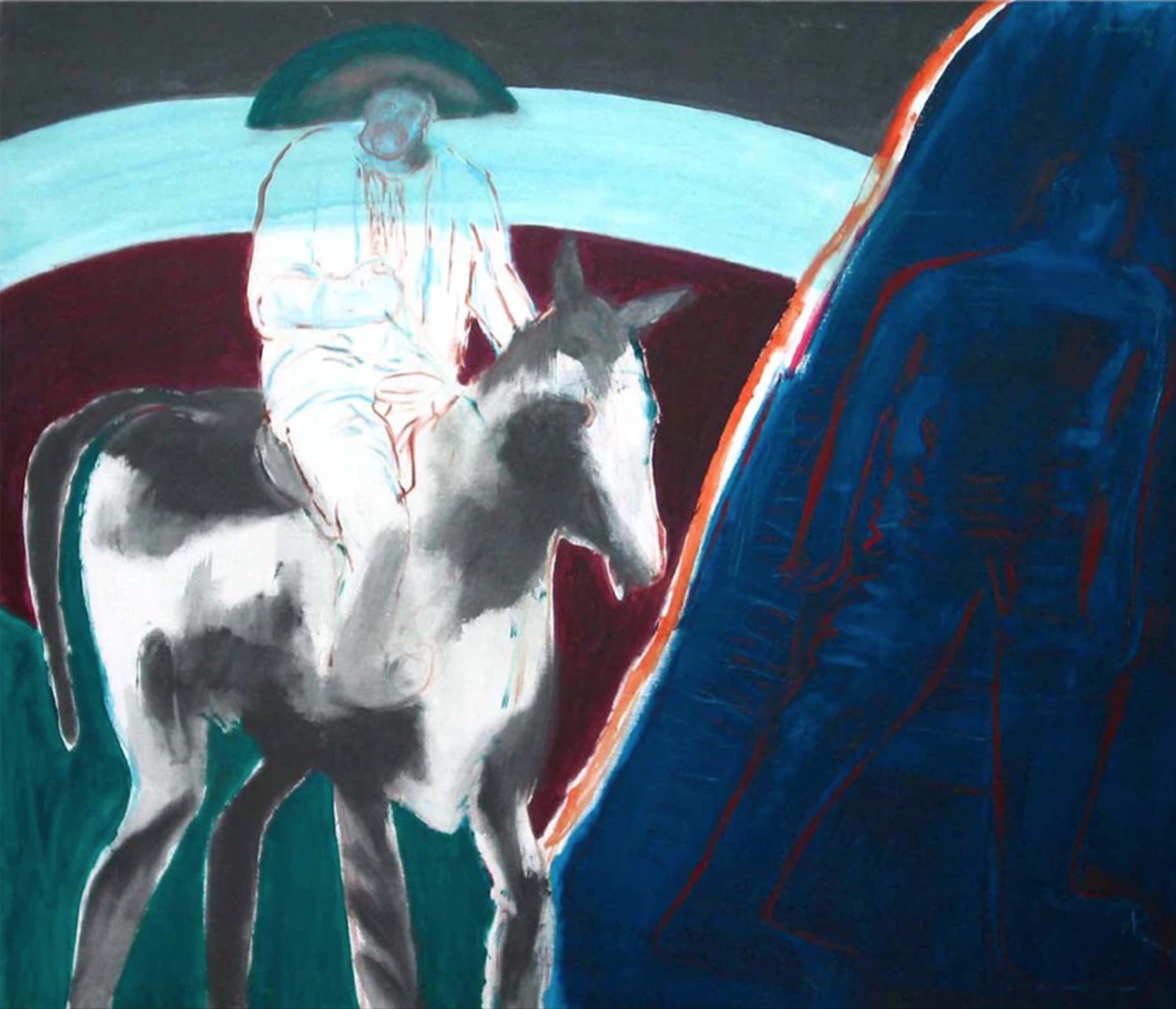
BE: What was your experience as a student? What was his way of teaching?
LA: I was in his drawing workshop for four years, and I have the impression that he very much enjoyed getting together with people with interests similar to his since this allowed him to step out of the solitary and onerous place of the painter. He loved jokes and loved being ironic. Above all, I think he valued others’ interest in a practice that had contributed so much to his life, and also knowing that he could enrich the lives of others.
His way of teaching was full of vitality and humor; in front of the group he took very seriously not being serious. Always transmitting his spirit in struggle against academic solemnity, and always inventing strategies that were incorporated into a very precise methodology, almost like a diet or a gymnastics regime constantly under reconsideration.
I think what I appreciate most from having been his student and assistant is that levity allows us to approach critical questions with greater seriousness and frankness, both on a personal level and in artistic practices.
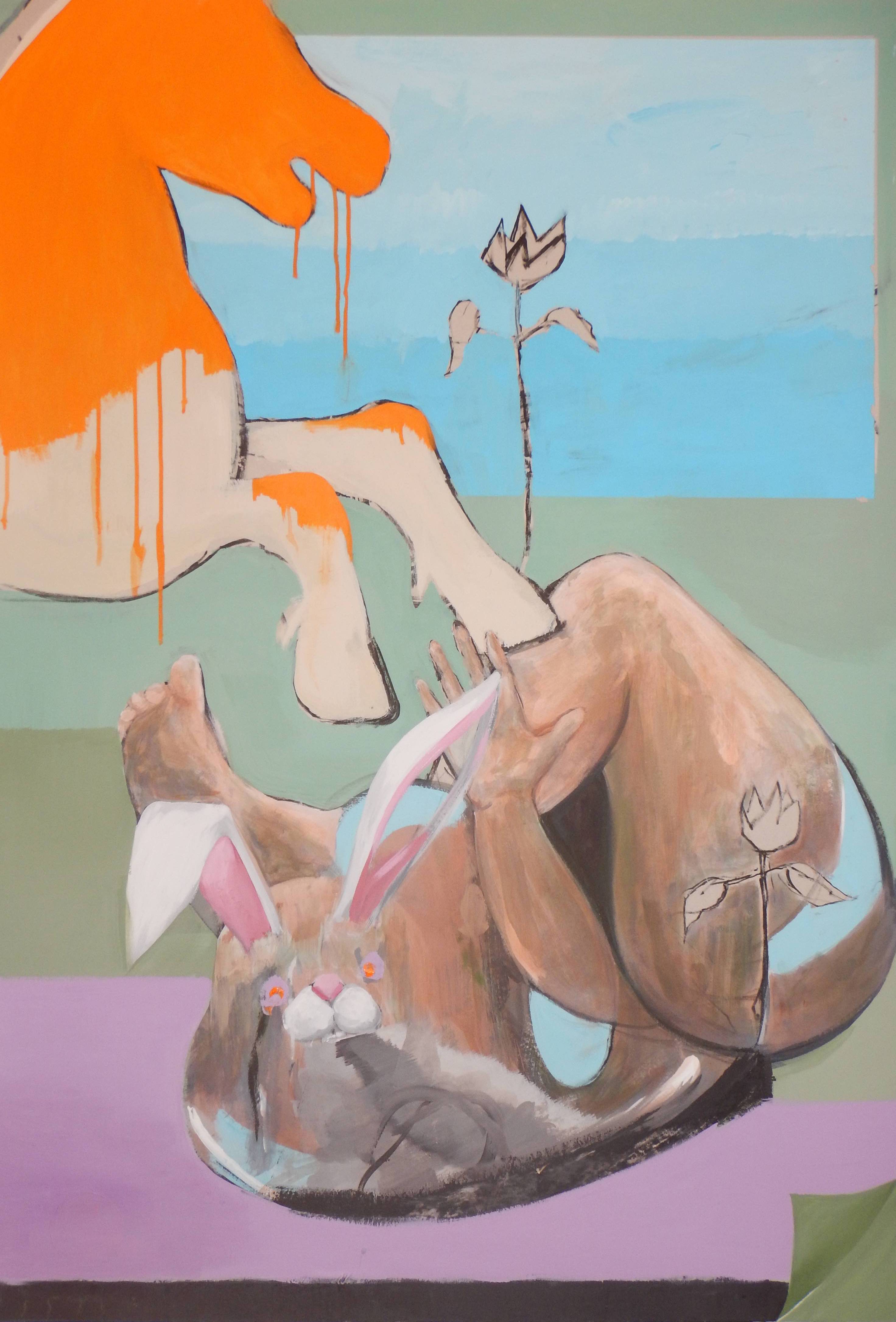
BE: Do you think that Aceves ever managed to catch a unicorn?
LA: It seems to me that what Aceves was looking for was to escape from himself, or to lose himself inside himself, and without a doubt in painting he managed to create the conditions for maintaining that pursuit throughout his life. Maybe that can be called catching a unicorn, or having a unicorn catch you.
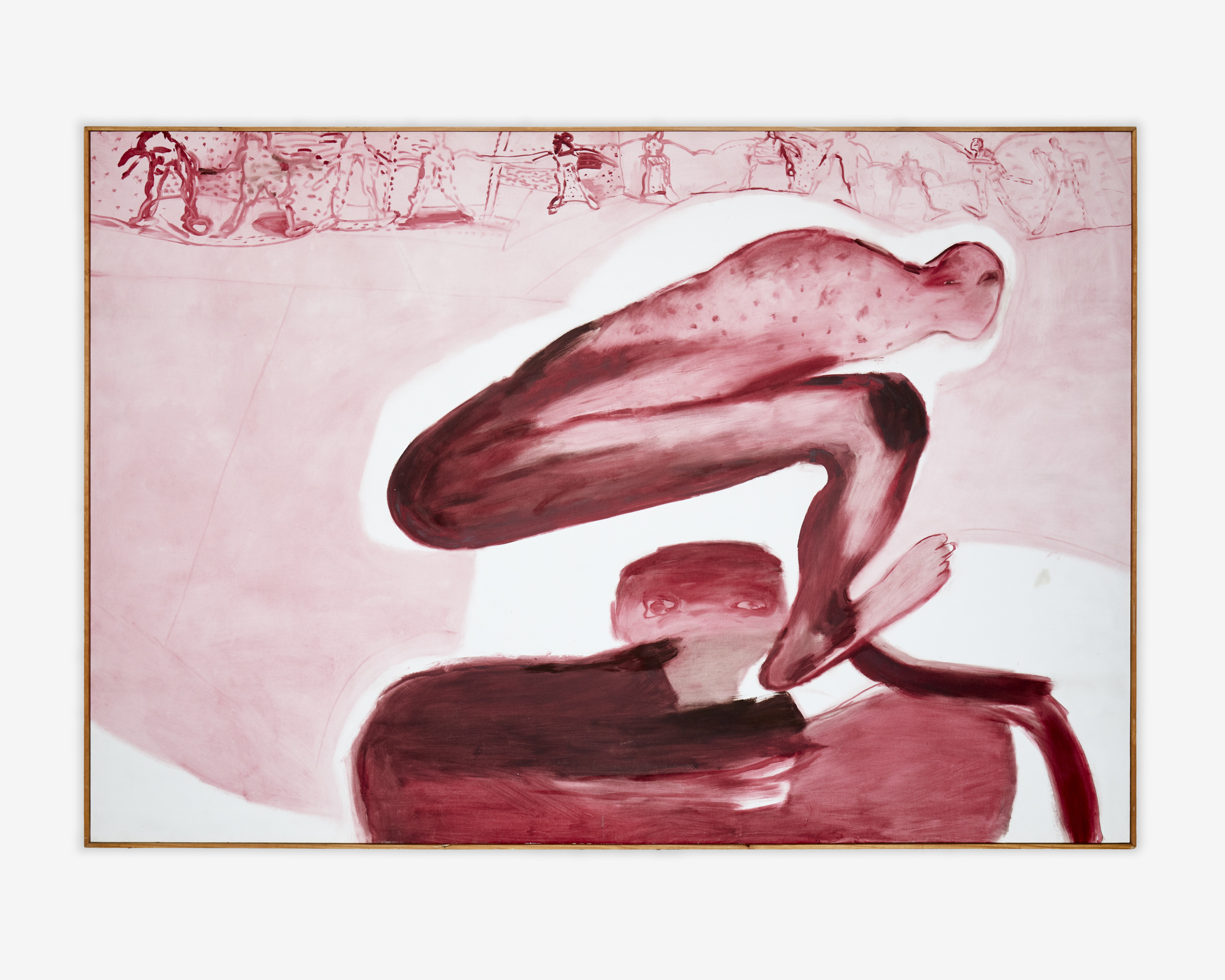
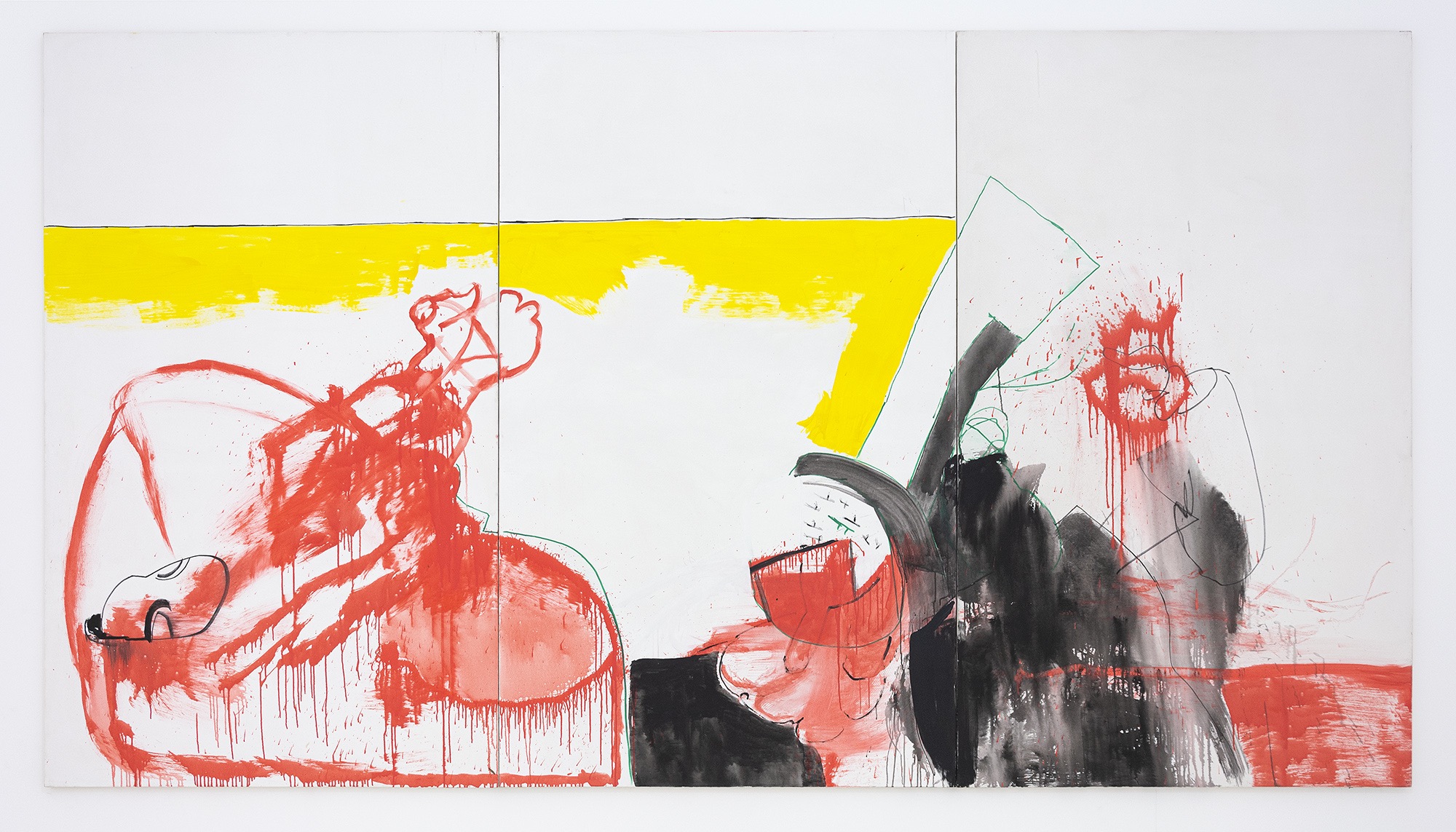
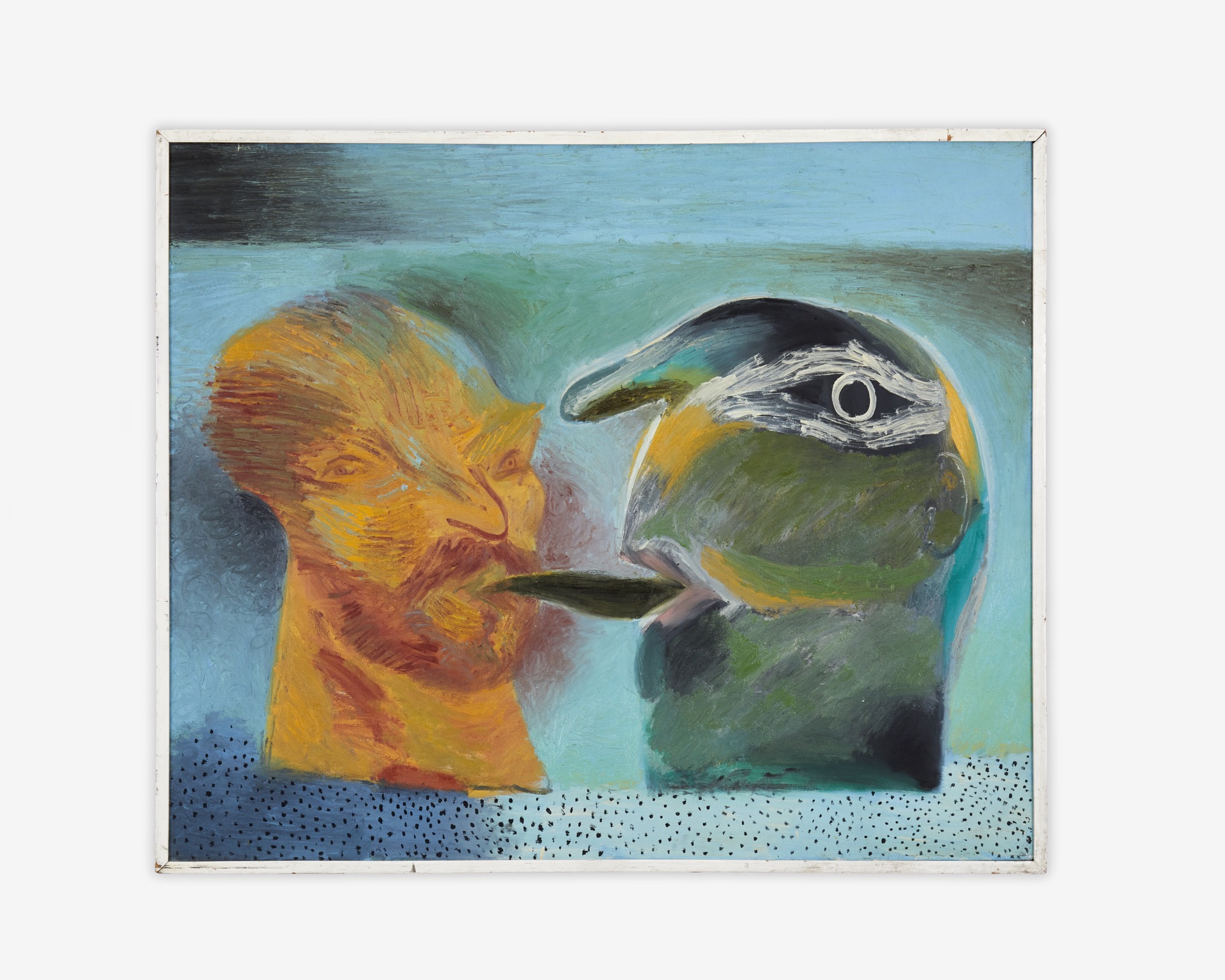
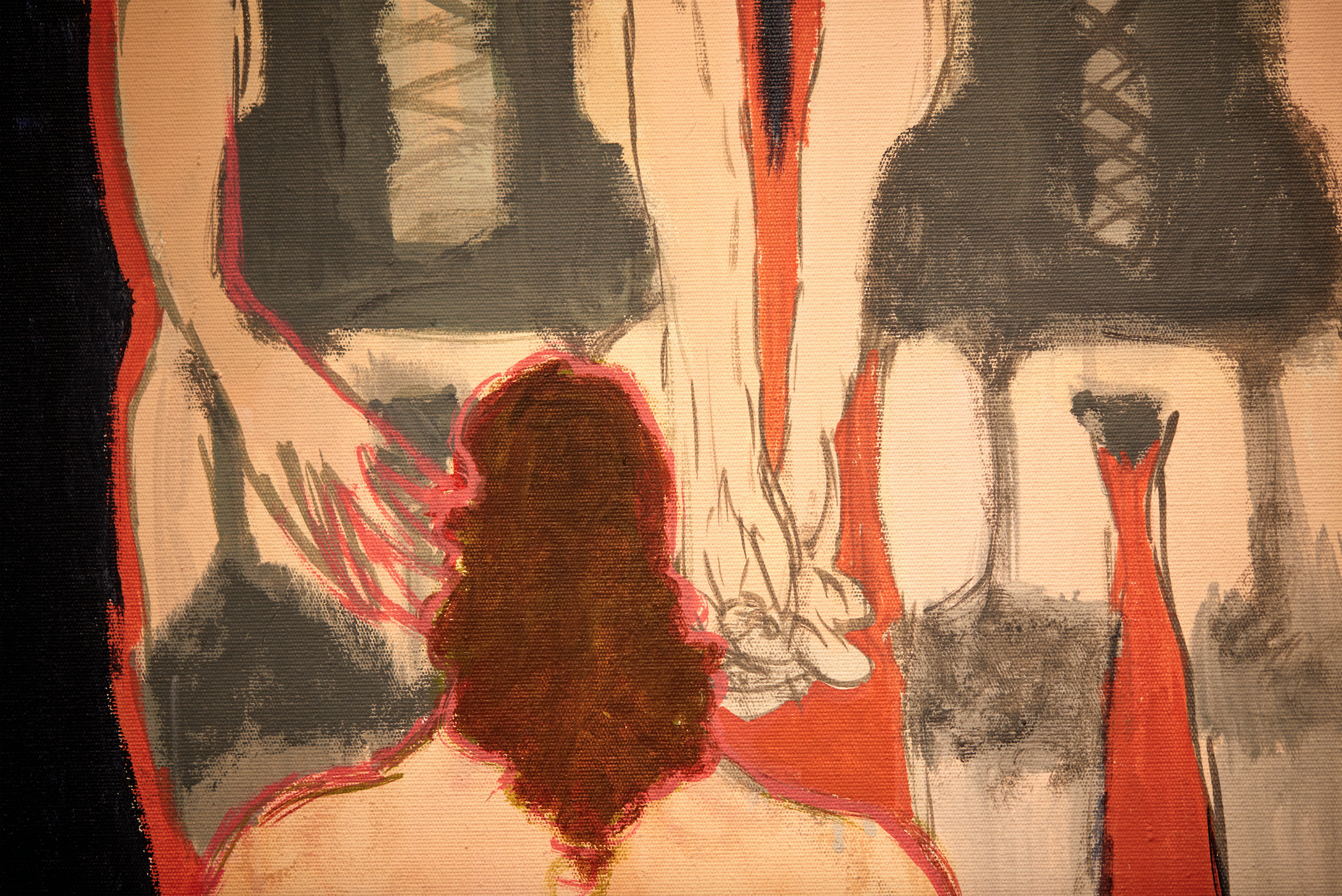

In the uncertain context that we are currently passing through, my interest in the unicorn series gains special strength. I think of the creature not as a fantastic being or symbol, but as a horizon. The unicorn that insists on escaping can guide whoever looks for it to choose their tools, to configure a strategy, to consider their alliances, to modulate their energies, to change speeds, and to maintain an attentive eye.
This brief interview leaves me wondering how much remains to be seen in the master’s work, something produced in a double movement. On the one hand, Aceves generated his own questions in order to extend a personal search, characterized by visits to his peculiarities and to his dark regions. On the other hand, he kept in view that his painting shared a life with the gaze of others, others with whom he entered into conversation, using a different tone in each series. Entering into his work involves, in addition to a wide spectrum of themes, a series of opportunities for thinking about the relation between a subject and that subject’s space in painting.
At Onda MX we celebrate the life and work of Gilberto Aceves Navarro.
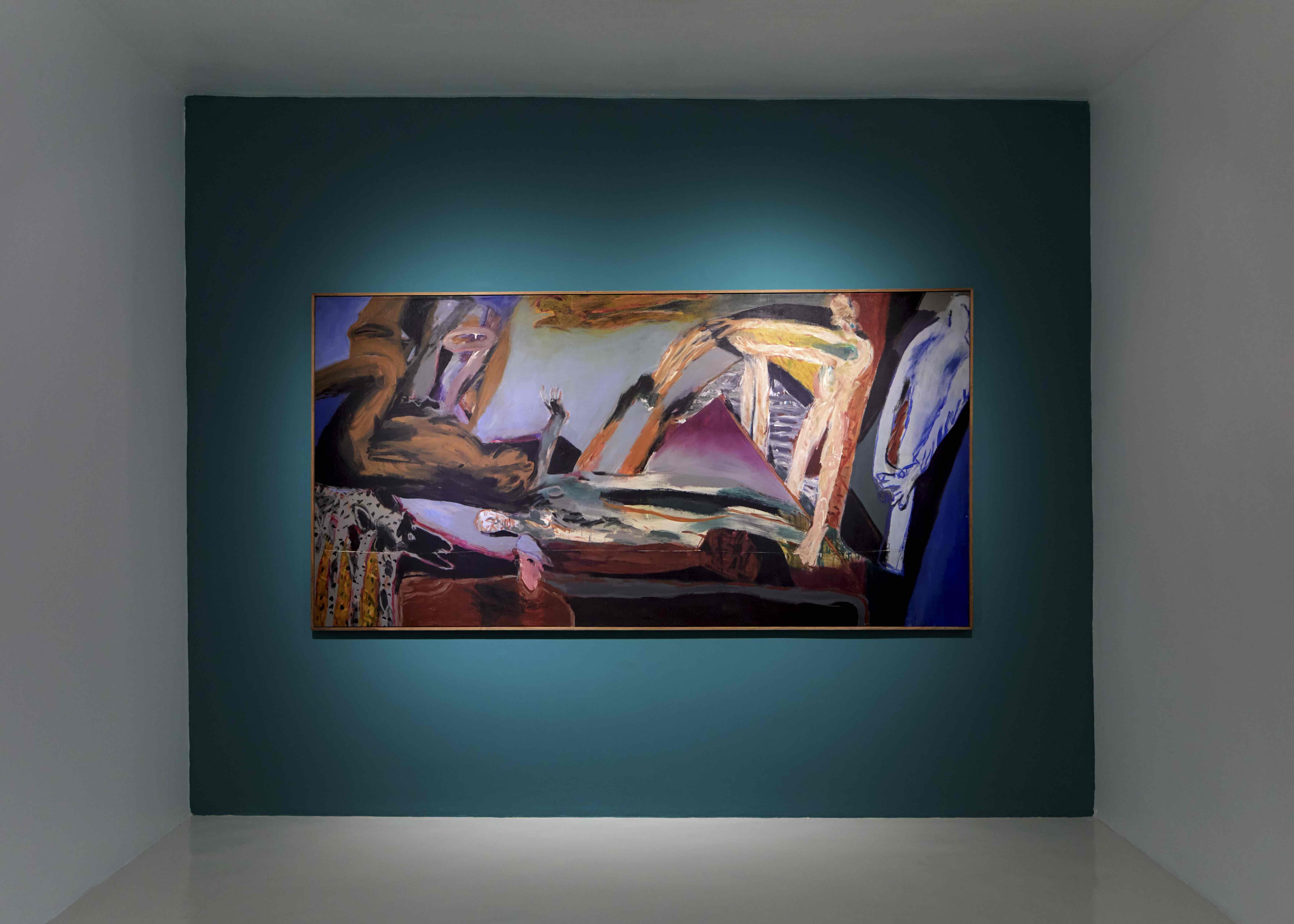
.jpg?alt=media&token=bde12075-e2ec-4839-8f9e-5a9513b6bbb6)
Galería Hilario Galguera is exhibiting a selection of works from different moments in the artist’s life in 1931 – 2019 Homenaje a Gilberto Aceves Navarro (“1931-2019: Tribute to Gilberto Aceves Navarro”). It can be visited as soon as the gallery reopens its doors, after the health emergency passes.
Published on May 1 2020